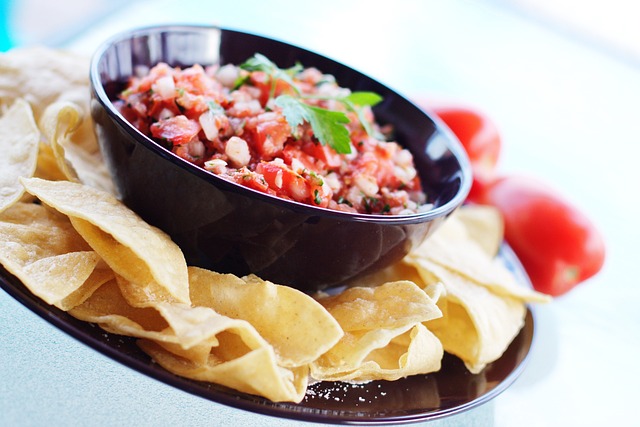

There are several traditional recipes of a region that are consolidated in the taste of its diners who recommend them from one generation to another. They have even achieved prestige outside their natural environment and become popular abroad.
Today we present the qualities that traditional recipes must have to last over time and become part of the culinary culture.
Contents
Recipes can be transmitted throughout the history of peoples by oral tradition or be written down and later compiled in culinary recipe books. This compiled knowledge forms an important part of the culture of a human group.
Its evolution allows us to know the changes to which that culture is subjected. Its use in sociological and anthropological studies, or in history allows also to know the culinary traditions and conditions, tastes, and influences of a period.
It refers to a culinary custom of preparing a meal that is invariably inherited orally, on a small scale in the family, and on a large scale in a community as part of its culture and identity. It then becomes part of the common recipe book of the region.
This is the specific case of the Mexican rice recipe, which has distinguishing characteristics which make this recipe an essential dish on many menus around the world. In the link minuterice.com/recipes/mexican-rice/ you will find an exquisite version of this recipe for you to prepare and delight your guests.
With time, a recipe of this kind transcends the borders of its place of origin after being internalized in the popular taste, but also when it has the following formal characteristics:
Denomination of the dish (or drink) accompanied by its origin.
Time of preparation, and sometimes the complication valued appropriately against a scale. Generally, units of time expressed in minutes, at most hours, are used to describe the time to be devoted to the preparation of the dish. The complication of the dish is usually a combination of the number of ingredients, the number of processes and the time involved. If the dish requires a time interval before being served, it would be good to include it in this initial part.
List of ingredients required with their quantities or proportions. International, local or even culinary units of measurement are usually used (such as tablespoon, teaspoon, cup, pinch, …). From the list of ingredients, and its quantity associated to the number of servings to be prepared, the number of final portions is expressed. The ingredients are arranged according to their order of use. When the availability of ingredients is compromised, alternative ingredients are usually indicated. Likewise, if the ingredients may be unfamiliar, reference is often made to glossaries.
Tools used necessary for the elaboration. This description is not usual in most texts. It can be deduced from the description of the processes. A professional recipe includes the size of the containers to be used.
Steps to be followed in chronological order. This sequence of processes begins by indicating the processes of preparation of the ingredients (chopping, blanching, frying, cooking, etc.), and ends with the tasks of final plating and placing on the table. It usually has a numbered structure in which each step is included in each item.
Ibero-American gastronomy has produced delicious dishes that enhance the culinary art of countries of this region.
In 2017, the president of the Ibero-American Academy of Gastronomy, Rafael Ansón Oliart, stated that “the Ibero-American world encompasses the best gastronomic offer in the world in raw materials, in food and beverages”.
That is why it is asserted that its gastronomic richness has transcended its borders and its dishes can be found in the most diverse international menus. Here are some of the most outstanding ones:
It is a fundamental part of Peruvian gastronomic culture. Although it has different versions, the most common includes a base of fish or seafood to which is added some citrus, onion, cilantro and tomato sauce.
Mexican tacos consist of a corn cake that is folded in half and filled with different types of meat, accompanied by stewed vegetables and salsa.
It is a great classic of Spanish cuisine with an infinite number of variables: mixed, fish, seafood, chicken, vegetables, blind rice, etc…. Many people prefer rice with broth, others dry. In short, making a good paella is more of an art than a technique.
This Brazilian dish is composed of black beans, vegetables, salted beef, rice and oranges. It is usually sprinkled with cassava flour, sometimes mixed with other ingredients such as eggs or sausages.
Face masks are the easiest means of having a beautiful looking skin. They make your…
No matter the industry you work in, workplace accidents can occur. Of course, some professions…
Paying medical bills isn’t easy. Healthcare expenses are out of control in the United States,…
There is no doubt that having a good communication with a client is instrumental for…
A t-shirt is one of those apparels that people like wearing. Usually, it is light…
Buying a home is a dream for many, and getting a good home loan interest…